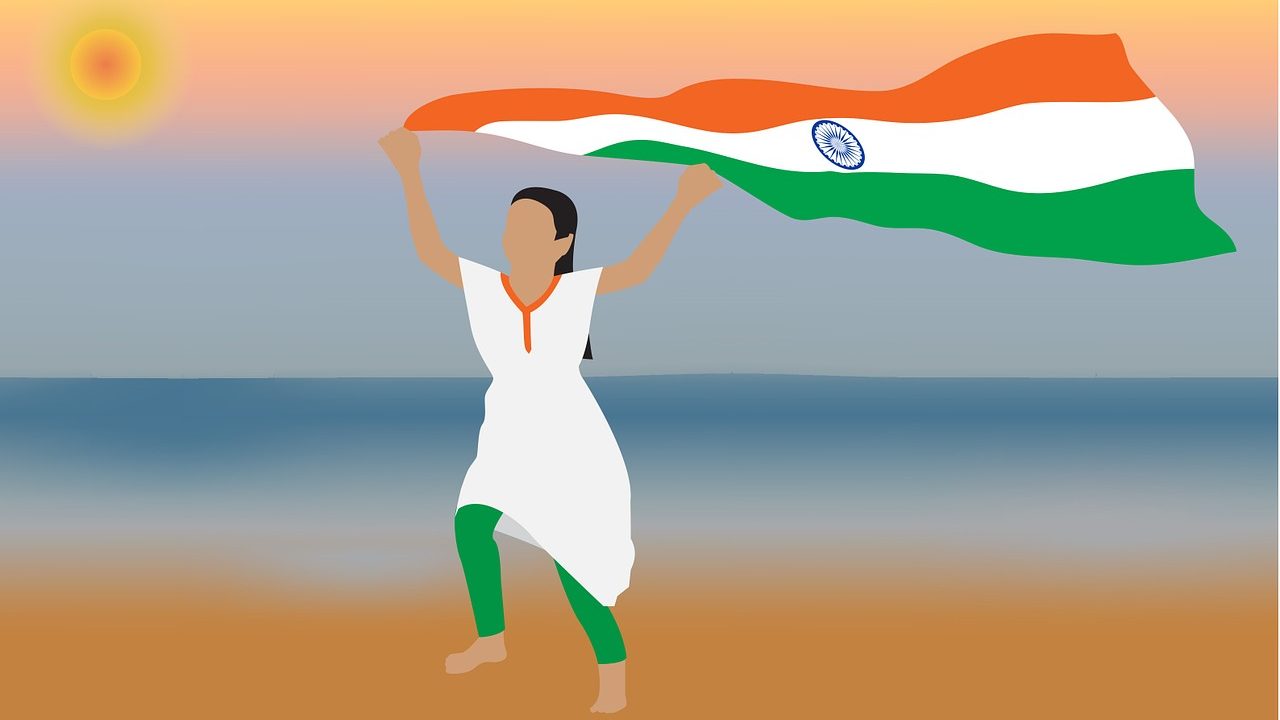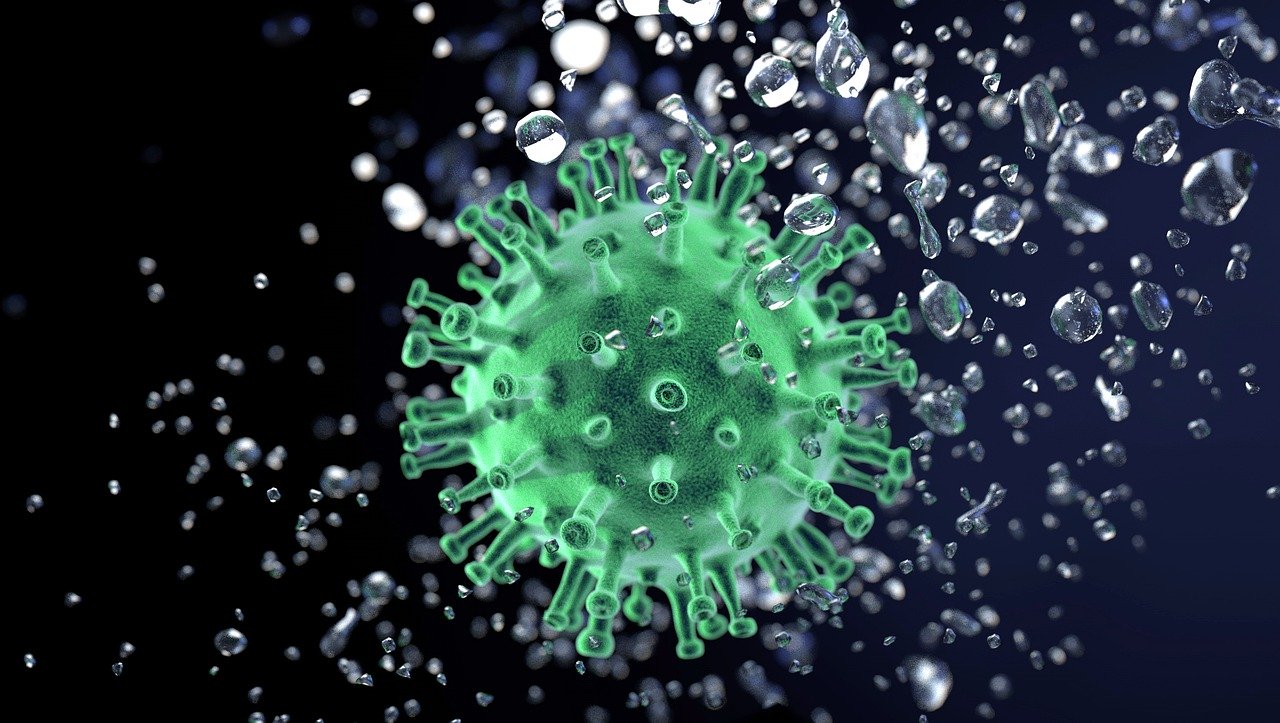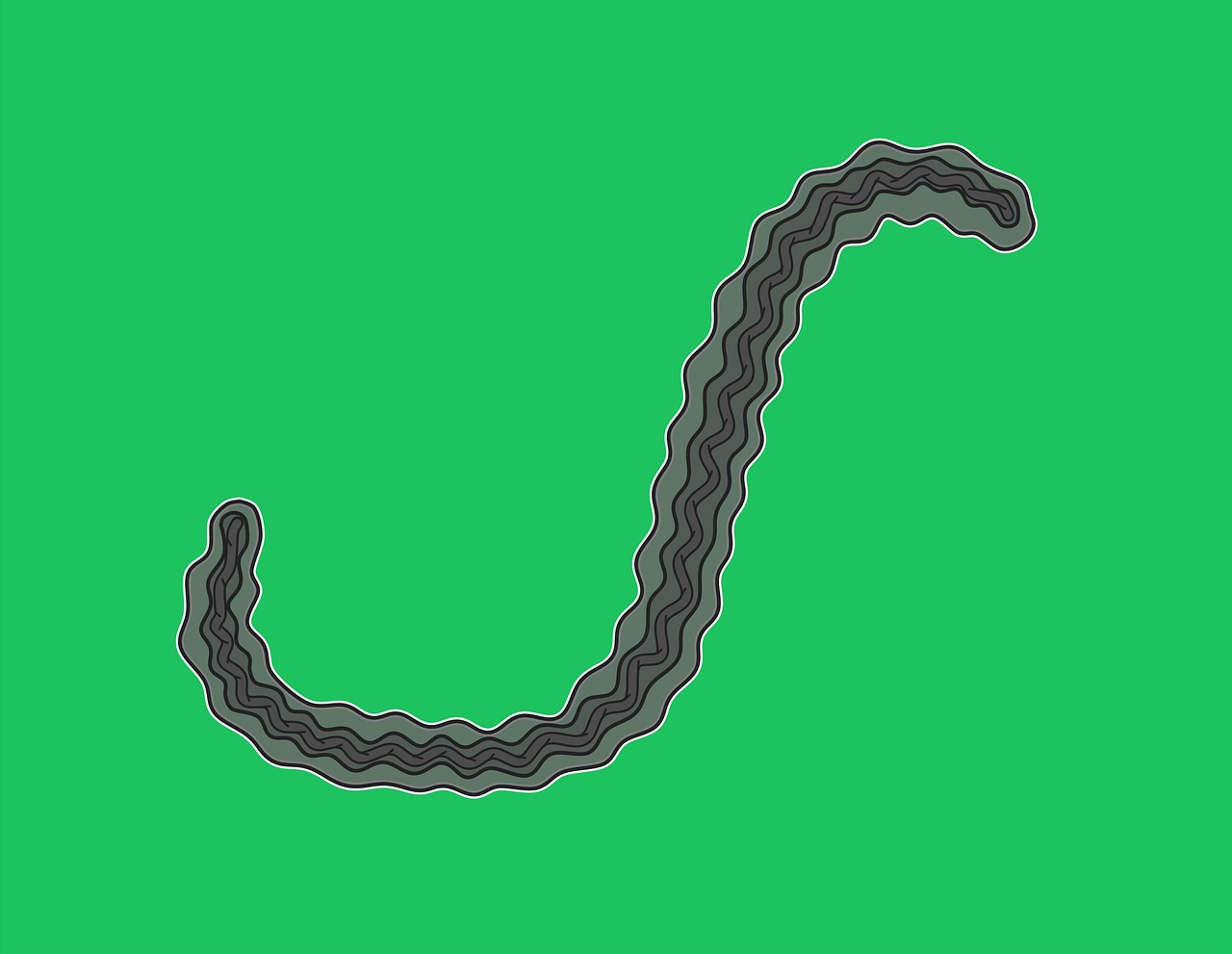
Gender Balance in Scientific Research Improving in India
- News
- 2.2K
When Rohini Godbole, a theoretical physicist at the Bengaluru-based Indian Institute of Science, was conferred Padma Shri this year, few outside scientific circles knew about her. That’s because the number of women scientists in India is low in proportion to women who study science. The number of women scientists publishing their work in research journals is also low, though India ranks high in terms of a number of research papers published.
Now a new study has indicated that the situation may be changing. The participation of Indian women in scientific publishing is growing in certain fields like mathematics, economics, obstetrics, gynecology and dentistry.
The participation of women in STEM (Science, Technology, Engineering, and Mathematics) research and higher studies is an issue of concern globally. Recent data from UNESCO points out a decline in the gender gap in tertiary education. The proportion of females enrolled in tertiary education in India is almost on par with that of males. A gender analysis of research publications is another parameter to evaluate gender equality in scientific research.
In the new study, researchers from India and the United Kingdom analyzed scientific publications of 2017 to identify male or female publishing imbalances in India. They used Scopus Database to collect information about the number of articles published in different academic disciplines, after excluding those published in ‘predatory’ or fake journals. They used the first name of the first author to assess the gender and thereafter grouped them according to disciplines.
In all, over 27,000 research papers were analyzed. The analysis found that there is one female author for every three male authors in 186 fields listed in the database. A further look at certain disciplines like dentistry, psychology, arts, and humanities found a higher number of female authors – it was like 1 female author for every 1.5 male authors.
When results were compared with data from the US, it showed that female to male ratio was better in India in streams like microbiology, dentistry, economics, and mathematics. For instance, the ratio in microbiology is 0.57 in India, compared to 0.33 in America.
The study points out that prejudice against women or social stigma might be factors hindering Indian women from excelling in certain streams like veterinary science, forestry, etc. There are substantial differences between India and the US in the proportion of females studying some subjects.
About 46.3% of Indian women are pursuing tertiary education in ‘information and communication’ compared to 23% in the USA. Similarly, in STEM, the female proportion is 42% for India and 33% for the US. Overall, it appears Indian women are breaking the barriers compared to counterparts in other countries.
“India could be a role model for the world if the current increase in female participation continues,” said Dr.Mike Thelwall, lead author of the study, while speaking to India Science Wire.
However, the data in this study may have some limitations. The first author may sometimes be the most senior scientist and it might have led to biased analysis. Similarly, in certain disciplines like mathematics and higher energy physics, a system of alphabetical ordering of authors is followed. In this study, researchers have addressed the issue by carrying out a separate analysis to eliminate the bias, thereby making the study more representative.
The study has been published in the Journal of Informetrics. Besides Dr.Thelwall, the research team included Carol Bailey, Meiko Makitaa, Pardeep Sud (University of Wolverhampton, United Kingdom) and Devika P. Madalli (Documentation Research and Training Centre at Indian Statistical Institute, Bengaluru). (India Science Wire)
Journal Article
Gender and research publishing in India: Uniformly high inequality?
If you liked this article, then please subscribe to our YouTube Channel for the latest Science & Tech news. You can also find us on Twitter & Facebook.


